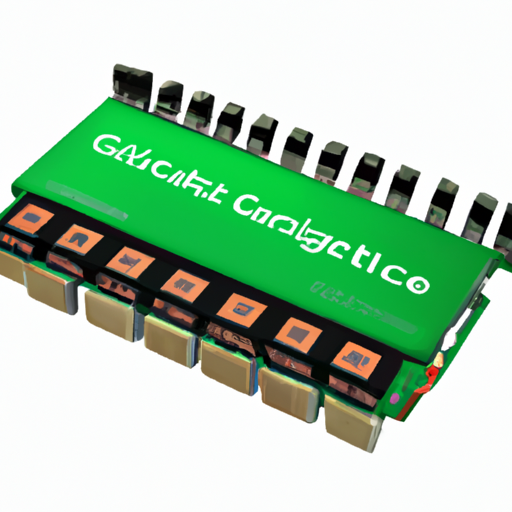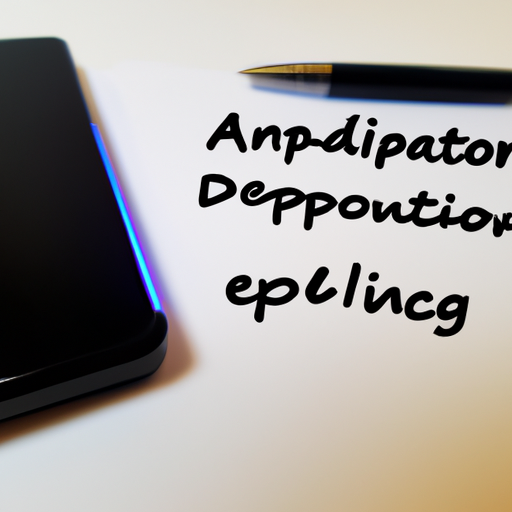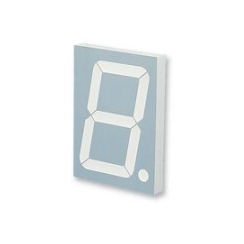1N5248B-T Analog Front End (AFE) highlighting the core functional technology articles and application development cases of Analog Front End (AFE) that are effective.
Overview of Analog Front End (AFE)
An Analog Front End (AFE) is a crucial component in electronic systems that processes analog signals before they are converted to digital signals by an Analog-to-Digital Converter (ADC). AFEs are widely used in various applications, including medical devices, industrial sensors, and consumer electronics. The primary functions of an AFE include signal conditioning, amplification, filtering, and sometimes analog signal processing.
Core Functional Technologies of AFE
| 1. Signal Conditioning | |
| 2. Amplification | |
| 3. Filtering | |
| 4. Analog Signal Processing | |
| 5. Integration with ADCs | |
| 1. Medical Devices | |
| 2. Industrial Sensors | |
| 3. Consumer Electronics | |
| 4. Automotive Applications | |
| 5. IoT Devices |
Application Development Cases
Conclusion
Analog Front Ends (AFEs) play a vital role in modern electronic systems by conditioning and processing analog signals for digital conversion. Their core functional technologies, including signal conditioning, amplification, filtering, and integration with ADCs, make them essential in a wide range of applications, from medical devices to consumer electronics and industrial sensors. As technology advances, the design and implementation of AFEs continue to evolve, enabling more sophisticated and efficient signal processing solutions.
Additional Considerations
| Power Management: Many AFEs are designed with power efficiency in mind, especially in battery-operated devices. Techniques such as low-power amplifiers and sleep modes can significantly extend battery life.Power Management: Many AFEs are designed with power efficiency in mind, especially in battery-operated devices. Techniques such as low-power amplifiers and sleep modes can significantly extend battery life. |
| Integration and Miniaturization: The trend towards integrating multiple functions into a single chip (System on Chip, or SoC) is prevalent in AFE design, reducing size and cost while improving performance.Integration and Miniaturization: The trend towards integrating multiple functions into a single chip (System on Chip, or SoC) is prevalent in AFE design, reducing size and cost while improving performance. |
- Digital Signal Processing (DSP): Some modern AFEs incorporate DSP capabilities, allowing for more complex signal processing tasks to be performed directly in the analog domain before conversion to digital.
- Customization: Depending on the application, AFEs can be customized to meet specific requirements, such as bandwidth, gain, and noise performance, making them versatile components in electronic design.
By understanding the core technologies and applications of AFEs, engineers can design more effective systems that leverage the strengths of these critical components.







